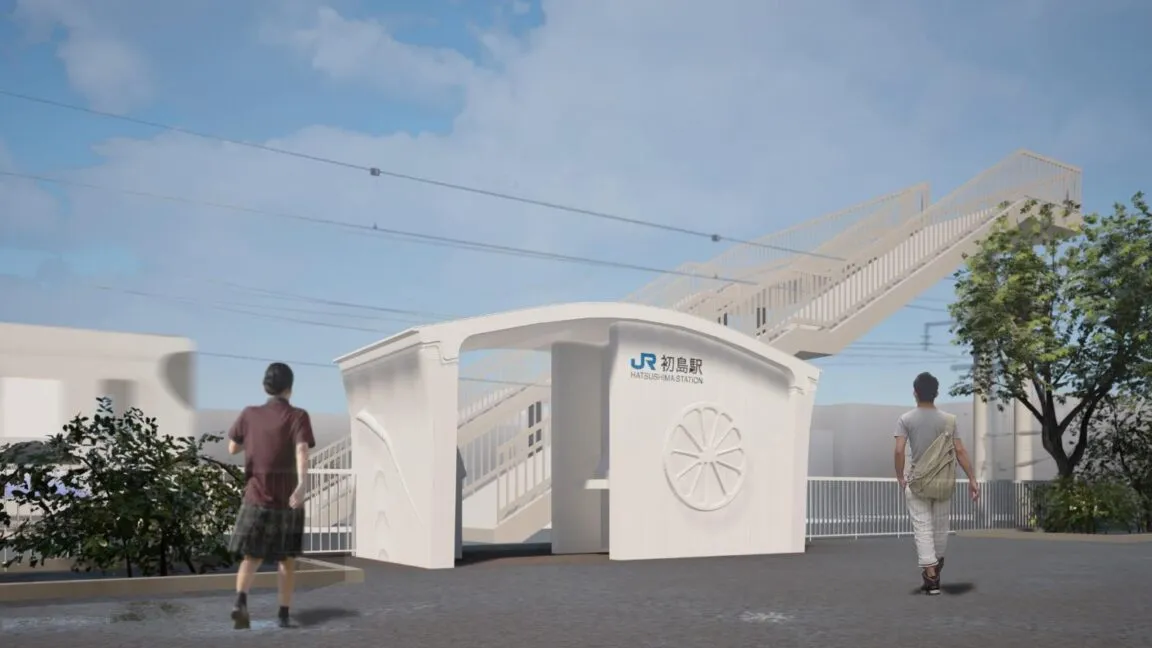3D Printed Homes: The Future of Railway Infrastructure in Japan

The Rise of 3D Printed Railway Shelters in Japan
3D printing is revolutionizing Japan's railway infrastructure, enabling the rapid construction of essential shelters. This innovative approach was recently demonstrated with the replacement of a shelter at Hatsushima Station in only six hours, a remarkable feat considering traditional timelines.
Key Highlights of the Project
- Speed of Construction: The new shelter, built by Serendix, was assembled in under six hours from custom-printed parts.
- Use of Concrete 3D Printing: This method not only reduces construction time but also offers tailored solutions for rural areas.
- Estimated completion of the project includes essential features like ticket machines, enhancing commuter experience.
Located in Arida, a town facing population decline, Hatsushima Station serves as a critical point for about 530 commuters. The shelter's innovative design could serve as a model for future projects across the country, exemplifying how 3D printing can meet the needs of modern transportation infrastructure.
Implications for Future Railway Projects
This rapid turnaround in shelter construction reflects a significant shift in how railway infrastructure projects can be approached. By embracing 3D printing, Japan could not only expedite builds but also adapt to changing demographic needs.
A New Era for Rural Stations
The successful deployment of this shelter at Hatsushima marks a pivotal moment in railway innovation. With the potential for industry-wide adoption of 3D printed homes beyond simple shelters, this approach promises to address practical challenges faced by rural stations efficiently.
This article was prepared using information from open sources in accordance with the principles of Ethical Policy. The editorial team is not responsible for absolute accuracy, as it relies on data from the sources referenced.